Power Articles
Industry Elevating Content
Flooring Options and Innovations: Different Types of Flooring and Emerging Technologies in this Space
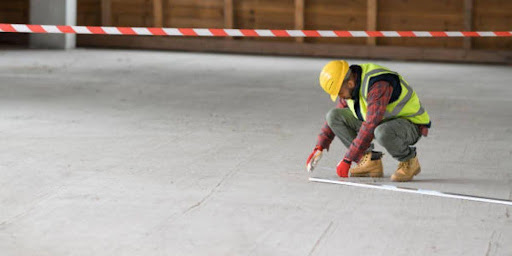
PowerArticles
Jan. 29, 2024
As home improvement companies aim to provide homeowners with both aesthetic appeal and durability, understanding the plethora of flooring options available is crucial. From classic choices like hardwood and tile to contemporary alternatives such as laminate and vinyl, this article will explore the strengths and considerations of each type. Additionally, we’ll unravel the tapestry of emerging technologies, shedding light on innovations like smart flooring systems and sustainable materials, empowering home improvement professionals to stay abreast of the ever-evolving landscape. Join us on a journey through the floorscape, as we equip you with insights that will enhance your ability to guide clients towards optimal flooring solutions in the ever-evolving world of home design.
Common Types of Flooring
When it comes to flooring options, home improvement companies need to stay informed about the diverse range of materials available in the market. Each type of flooring has its unique characteristics, advantages, and drawbacks. This section will provide a concise overview of some common flooring types—hardwood, laminate, vinyl, and tile—aiming to equip home improvement professionals with the knowledge needed to guide their clients toward the best choices.
A. Hardwood Flooring
Hardwood flooring is a timeless and classic choice for homeowners, known for its natural beauty and durability. This type of flooring is crafted from solid wood or engineered wood layers, offering a warm and inviting aesthetic to any space.
Pros and Cons:
Pros: Hardwood floors enhance the resale value of homes, are easy to clean, and can be refinished to extend their lifespan. They also contribute to a healthier indoor environment as they do not trap allergens.
Cons: Hardwood floors can be relatively expensive upfront, and they may require regular maintenance to preserve their appearance. Additionally, they are susceptible to scratches and moisture damage.
B. Laminate Flooring
Laminate flooring is a cost-effective alternative that mimics the appearance of hardwood, tile, or stone. Composed of multiple layers, including a photographic layer that replicates the desired look, laminate offers versatility in design and installation.
Advantages and Disadvantages:
Advantages: Laminate is more budget-friendly than hardwood, easy to install, and resistant to scratches and fading. It is also a good choice for areas with high foot traffic.
Disadvantages: While laminate is durable, it cannot be refinished like hardwood. Excessive moisture exposure may cause swelling, and the product’s lifespan is generally shorter than that of hardwood.
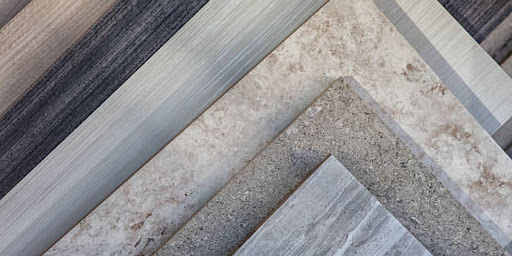
C. Vinyl Flooring
Vinyl flooring is a synthetic material made of polyvinyl chloride (PVC), offering an affordable and resilient flooring solution. It comes in various styles, including sheets, tiles, and planks.
Key Characteristics:
Vinyl is known for its water resistance, making it an ideal choice for kitchens and bathrooms. It is easy to clean, comfortable underfoot, and provides good insulation. Vinyl flooring is available in a wide range of designs, allowing homeowners to achieve the look of wood, stone, or tile without the associated costs.
D. Tile Flooring
Tile flooring comes in various types, with ceramic and porcelain being popular choices. Ceramic tiles are made from clay and fired at high temperatures, while porcelain tiles are more durable due to their composition and firing process.
Features and Considerations:
Tile floors are highly versatile, suitable for both indoor and outdoor use. They are resistant to moisture, stains, and wear, making them ideal for areas with heavy traffic. Homeowners can choose from an array of colors, sizes, and patterns to achieve the desired aesthetic.
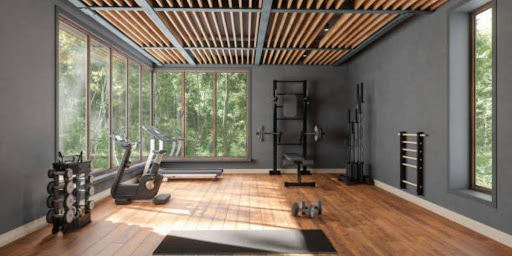
Emerging Technologies in Flooring
The flooring industry is undergoing a remarkable transformation fueled by innovative technologies. As we explore the latest advancements, it becomes evident that these emerging technologies are not only reshaping the way we think about flooring but also contributing to sustainable and eco-friendly practices.
1. Smart Flooring
Smart Flooring is a revolutionary concept that integrates technology into the very foundation of our living spaces. Its primary purpose is to enhance the functionality and efficiency of traditional flooring by incorporating intelligent features. In essence, Smart Flooring connects with the Internet of Things (IoT) to provide homeowners with a seamless and automated experience.
Examples of Smart Flooring Technologies range from heated floors that can be controlled through a smartphone app to interactive flooring systems that respond to touch and movement. These technologies not only add a touch of luxury to homes but also contribute to energy efficiency, as homeowners can precisely control heating and cooling systems.
2. Sustainable Flooring
In an era where environmental consciousness is paramount, Sustainable Flooring emerges as a key focus in the industry. This category encompasses a variety of eco-friendly options that prioritize the use of renewable materials, recycled content, and low-impact manufacturing processes.
Eco-friendly options, such as bamboo and cork flooring, have gained popularity for their rapid renewal cycles and minimal environmental impact. The adoption of Sustainable Flooring not only aligns with global efforts towards environmental conservation but also appeals to an increasing number of eco-conscious consumers. Home improvement companies can benefit by incorporating and promoting these sustainable choices, meeting the demands of a greener consumer base.
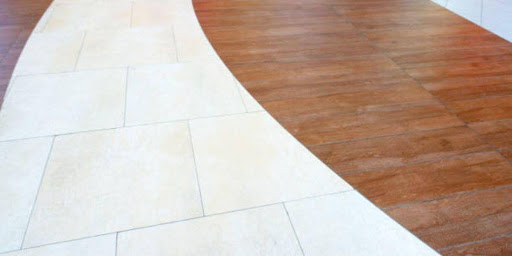
3. 3D Printing in Flooring
3D Printing has transcended its traditional confines and is now making waves in the flooring industry. This innovative technology allows for the creation of intricate and customizable designs, bringing a new level of creativity to floor installations. Its application extends beyond aesthetics; 3D printing in flooring offers benefits such as cost-effectiveness, reduced waste, and faster production times.
The technology is changing the flooring industry by providing a platform for personalized designs, allowing homeowners to imprint their unique style on their living spaces. Additionally, the streamlined production processes associated with 3D printing contribute to a more sustainable and efficient flooring industry.
4. Augmented Reality (AR) in Flooring
Augmented Reality (AR) is enhancing the customer experience in the flooring industry by offering a virtual preview of flooring options. This technology allows homeowners to visualize how different flooring materials and designs will look in their actual living spaces before making a purchase.
By implementing AR in their sales processes, home improvement companies can empower customers to make more informed decisions, reducing the likelihood of dissatisfaction after installation. The immersive and interactive nature of AR not only adds a layer of excitement to the flooring selection process but also streamlines the entire customer journey.
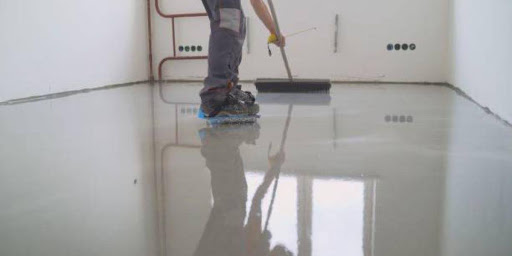
Conclusion
In conclusion, understanding the diverse landscape of flooring options and keeping abreast of emerging technologies is crucial for home improvement companies aiming to provide top-notch solutions to their customers. From traditional choices like hardwood and laminate to innovative alternatives such as luxury vinyl and sustainable bamboo, the flooring market offers a plethora of choices.
Embracing technological advancements like smart flooring systems and eco-friendly materials not only enhances the product range but also aligns with the growing preferences for sustainable and intelligent home solutions. By staying informed about these trends, home improvement companies can cater to the evolving needs of consumers, differentiate themselves in the market, and ultimately contribute to creating more comfortable and environmentally conscious living spaces for their clients.
Published By
PowerArticles
Jan. 29 2024